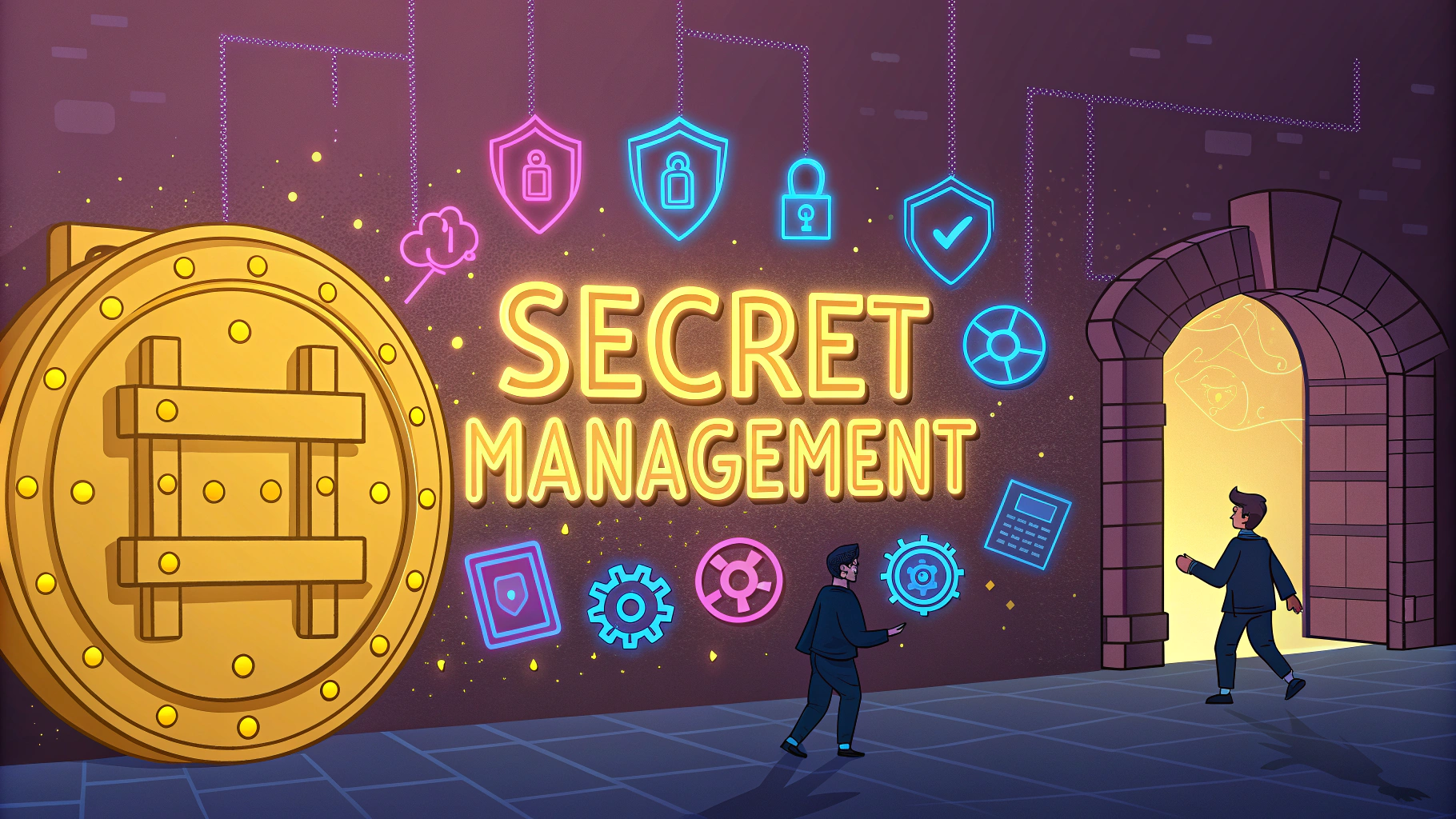Getting started with penetration testing on HackTheBox requires understanding the platform’s core features and methodology.
HackTheBox provides a safe, legal environment for security professionals and enthusiasts to practice their penetration testing skills across various scenarios and difficulty levels.
This quick guide covers the essential steps to begin your journey on HackTheBox, from setting up your testing environment to completing your first machine.
Initial Setup Requirements
- Kali Linux (recommended) or another pentesting-focused operating system
- OpenVPN client for connecting to HTB labs
- Basic command line knowledge
- Understanding of networking fundamentals
Connecting to HackTheBox
Download your connection pack from the HackTheBox access page after creating an account.
Connect to the HTB network using the command: sudo openvpn your-connection-pack.ovpn
Test your connection by pinging the target machine’s IP address once connected.
Starting With Retired Machines
- Begin with machines marked as “Easy”
- Focus on retired machines first (requires VIP subscription)
- Download machine walkthroughs for guidance
- Practice common enumeration techniques
Essential Tools for Beginners
| Tool | Purpose |
|---|---|
| Nmap | Port scanning and service detection |
| Gobuster | Directory enumeration |
| Metasploit | Exploitation framework |
| BurpSuite | Web application testing |
Basic Methodology
- Reconnaissance and information gathering
- Service enumeration and vulnerability scanning
- Exploitation attempt
- Privilege escalation
- Documentation of findings
Resources and Support
- HTB Discord Server: discord.gg/hackthebox
- HTB Forums: forum.hackthebox.com
- Official Documentation: help.hackthebox.com
Next Steps in Your Journey
Track your progress through the HTB ranking system to measure your skill development.
Join HTB challenges and competitions to test your abilities against other security enthusiasts.
Consider obtaining HTB Certified Penetration Testing certificates to validate your skills professionally.
Advanced Techniques
Once comfortable with basic machines, progress to intermediate challenges that require more complex exploitation methods.
- Buffer overflow exploitation
- Custom exploit development
- Advanced web application attacks
- Active Directory exploitation
Laboratory Best Practices
Documentation
- Maintain detailed notes of all testing procedures
- Screenshot important findings
- Document successful and failed attempts
- Create personal methodology checklists
Security Measures
- Use dedicated testing environments
- Regular system updates and backups
- Proper handling of exploitation tools
- Network isolation during testing
Skill Development Path
Progress through different expertise areas to become a well-rounded penetration tester:
| Area | Focus Points |
|---|---|
| Web Security | OWASP Top 10, API testing |
| Network Security | Protocol analysis, network pivoting |
| Binary Exploitation | Reverse engineering, malware analysis |
| Cloud Security | AWS, Azure, containerization |
Building Your Security Career
Transform your HackTheBox experience into professional opportunities:
- Build a portfolio of solved machines and challenges
- Network with other security professionals
- Participate in bug bounty programs
- Pursue relevant security certifications
- Contribute to the security community
FAQs
- What is HackTheBox (HTB)?
HackTheBox is an online platform that provides cybersecurity training through hands-on penetration testing labs, challenges, and exercises in a controlled environment. - Do I need prior experience to start with HackTheBox?
While no prior experience is strictly required, basic knowledge of Linux, networking, and command-line interfaces will be beneficial. HTB offers a Starting Point track specifically designed for beginners. - What tools do I need to connect to HackTheBox?
You need a VPN connection (OpenVPN), Kali Linux or similar penetration testing distribution, and basic security tools like Nmap, Metasploit, and various web testing tools. - Is HackTheBox legal and safe to use?
Yes, HackTheBox is completely legal as all machines and challenges are contained within their private network and are designed specifically for ethical hacking practice. - What is the first step to join HackTheBox?
The first step is to solve the initial “invite challenge” which requires basic hacking skills to generate an invite code, though this requirement has been removed for newer accounts. - What types of machines are available on HackTheBox?
HackTheBox offers Windows, Linux, and other operating system machines with varying difficulty levels from easy to insane, each featuring different vulnerabilities and attack vectors. - What is the difference between Active and Retired machines?
Active machines are currently available for VIP members only, with no writeups allowed. Retired machines are accessible to all users, and their writeups and walkthroughs are publicly available. - How does the point system work on HackTheBox?
Points are awarded for successfully compromising machines, completing challenges, and finding user and root flags. The harder the challenge, the more points you earn. - What learning paths does HackTheBox offer for beginners?
HackTheBox offers Starting Point machines, Academy modules for structured learning, and Tracks that group related machines and challenges for specific skill development. - Can I use HackTheBox for professional certification preparation?
Yes, HackTheBox is widely used to prepare for certifications like OSCP, EJPT, and other penetration testing certifications due to its realistic environments and challenges.







